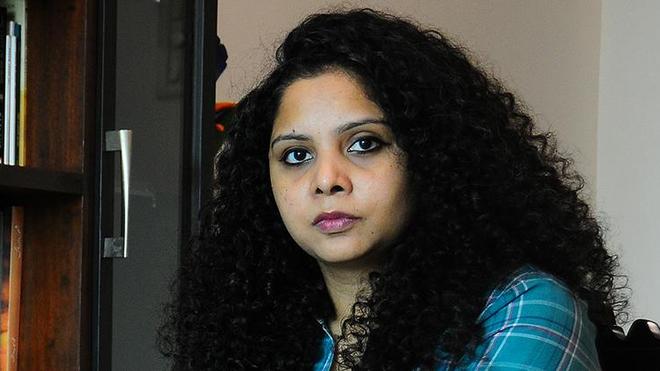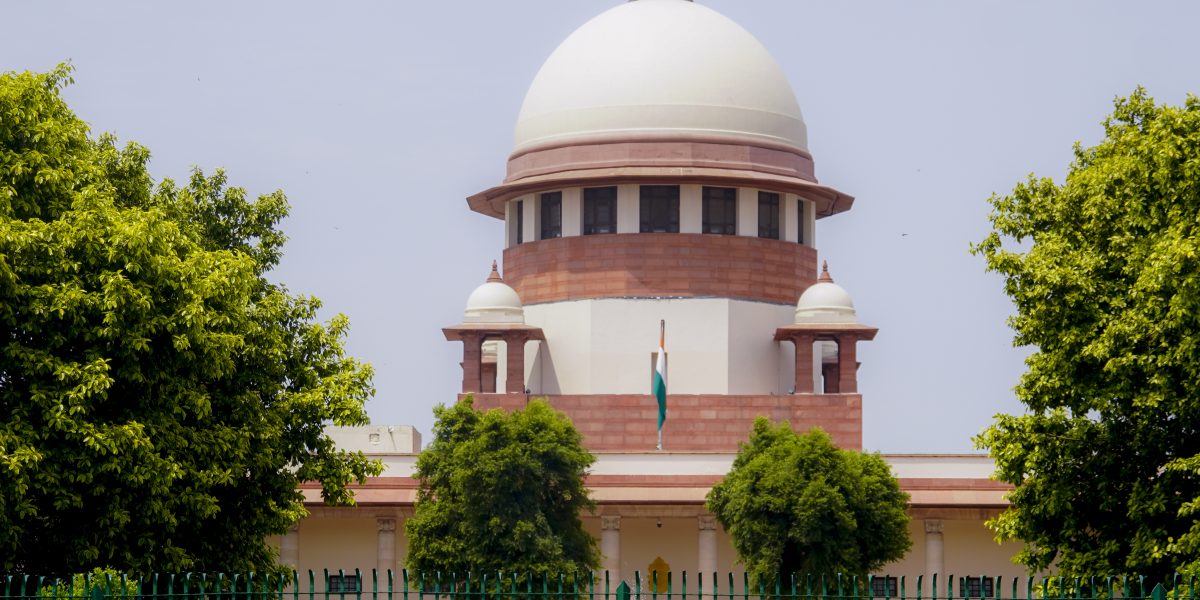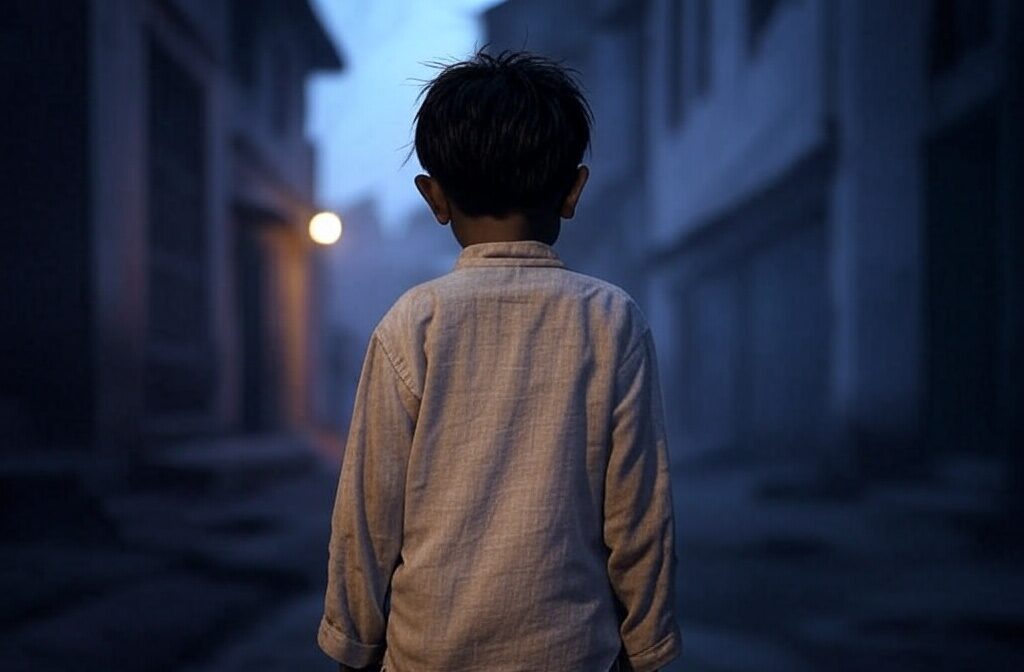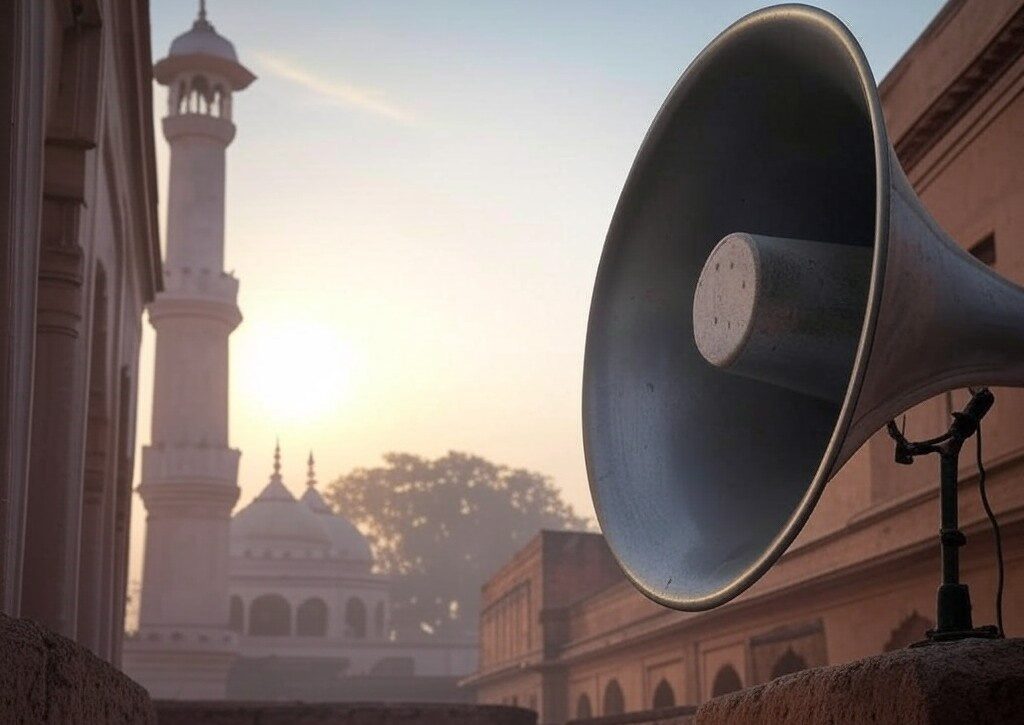By Sudha Pai and Sajjan Kumar / Scroll
A key puzzle that our narrative addresses is why have Dalits – given their long struggle against upper-caste domination – embraced a right-wing Hindutva party, the BJP, they once derided as “Manuvadi”. Since 2014, the BJP under the leadership of Narendra Modi has obtained massive majorities in both national and UP assembly elections. More importantly, there has been a steady rise in the percentage of Dalits, particularly the smaller sub-castes supporting the BJP. In fact, in the recent 2022 assembly election, despite gaining fewer seats, the BJP gained the support of 41 per cent of the other scheduled castes (SCs), and as much as 21 per cent of the Jatavs, signalling perhaps for the first time, the move of a larger section of the latter towards it.
While the collapse of the BSP provides an explanation, a recent study of Dalit movements across India provides an interesting explanation by highlighting the more enduring legacy of strong identity-based movements than of Dalit parties more interested in the immediate capture of power. Making a distinction between “movement” and “non-movement” states, it illustrates that where, historically, strong social mobilisation of Dalits precedes the formation of a Dalit political party, as in the case of Tamil Nadu by radical organisations, Dalit parties have not been electorally successful. But, due to the long period of social mobilisation, Dalits have retained their pride in low-caste identity and not shown a proclivity to move towards upper-caste parties such as the BJP; they are, in fact, hostile to it.
In contrast, in UP, the BSP was not the end-product of a long social movement but was consciously formed by Kanshi Ram as a movement – party to introduce social transformation “from above” using state power rather than from below, which, he argued, would take a long time. Consequently, once the party lost power and began to decline, Dalits started to move towards the BJP.
More immediately, under the new generational leadership of Modi, the BJP has been successful in taking advantage of the growing weakness of the Dalit movement and the disillusionment of the smaller sub-castes with the BSP, as well as addressing their rising aspirations. It is also because the objective has been two-fold: to obtain the electoral support required in a key state like UP and include them within the saffron fold in order to build a Hindu Rashtra. Feeling neglected within the BSP vis-à- vis the dominant Jatavs, the smaller Dalit sub-castes have been attracted to the BJP and thus been rendered vulnerable to its mobilisational strategies.
This story was originally published in scroll.in. Read the full story here






